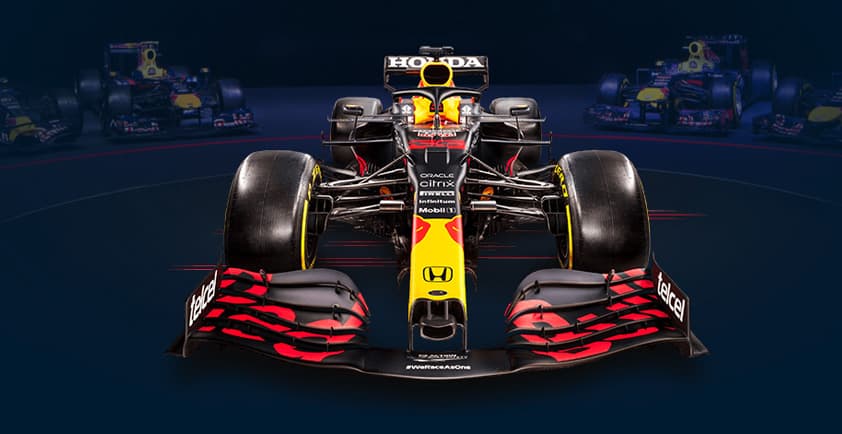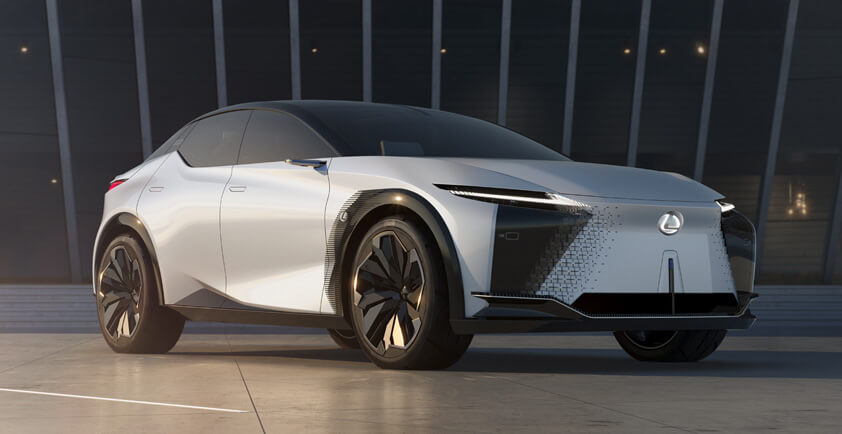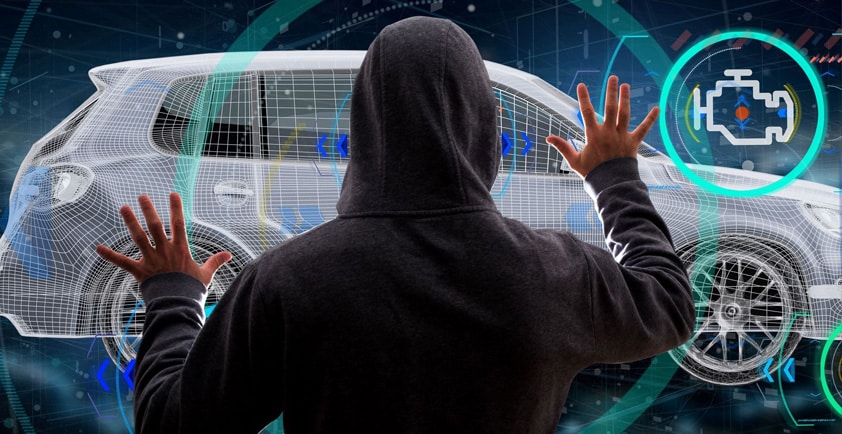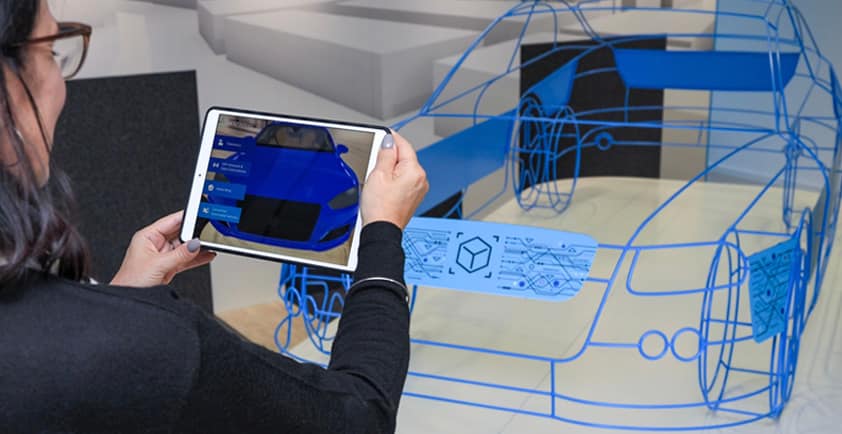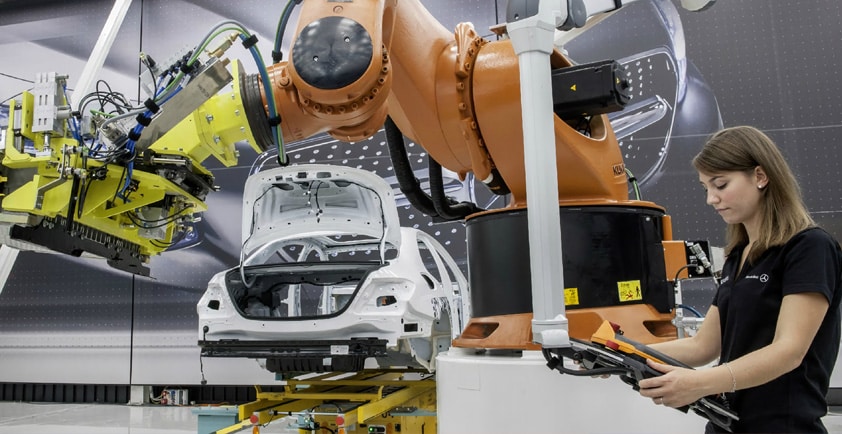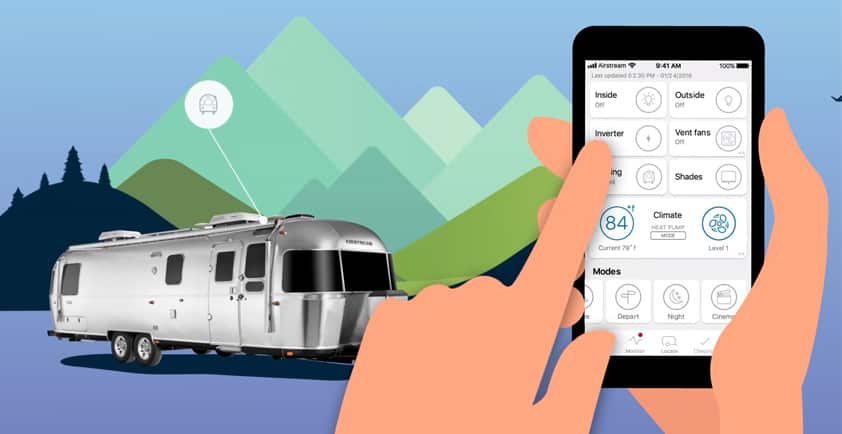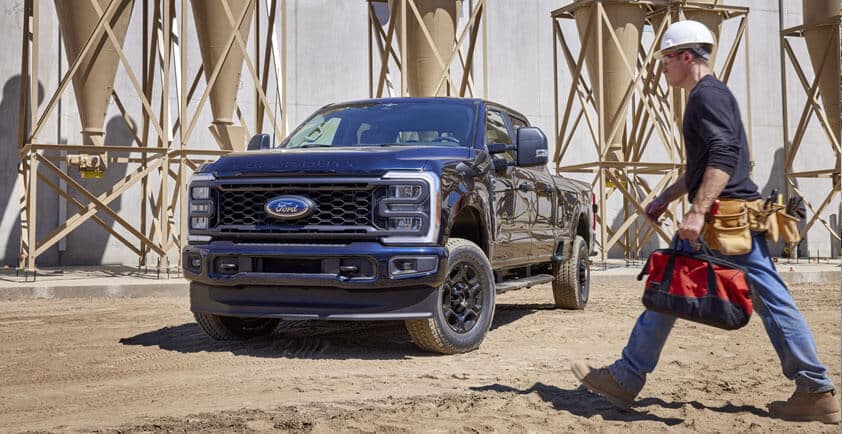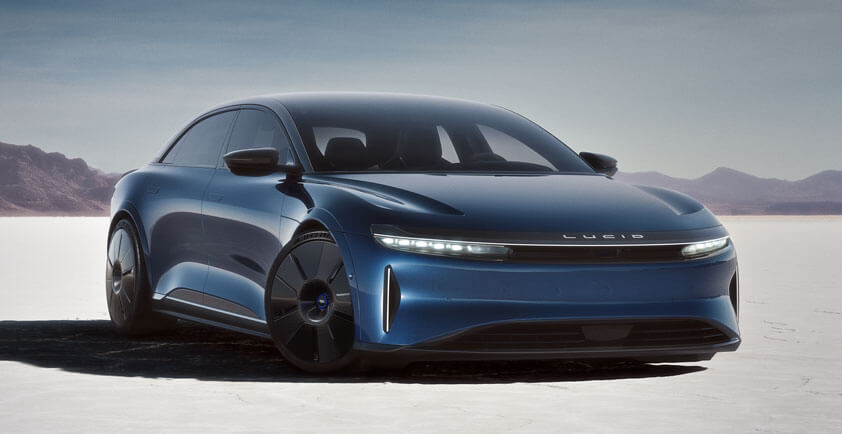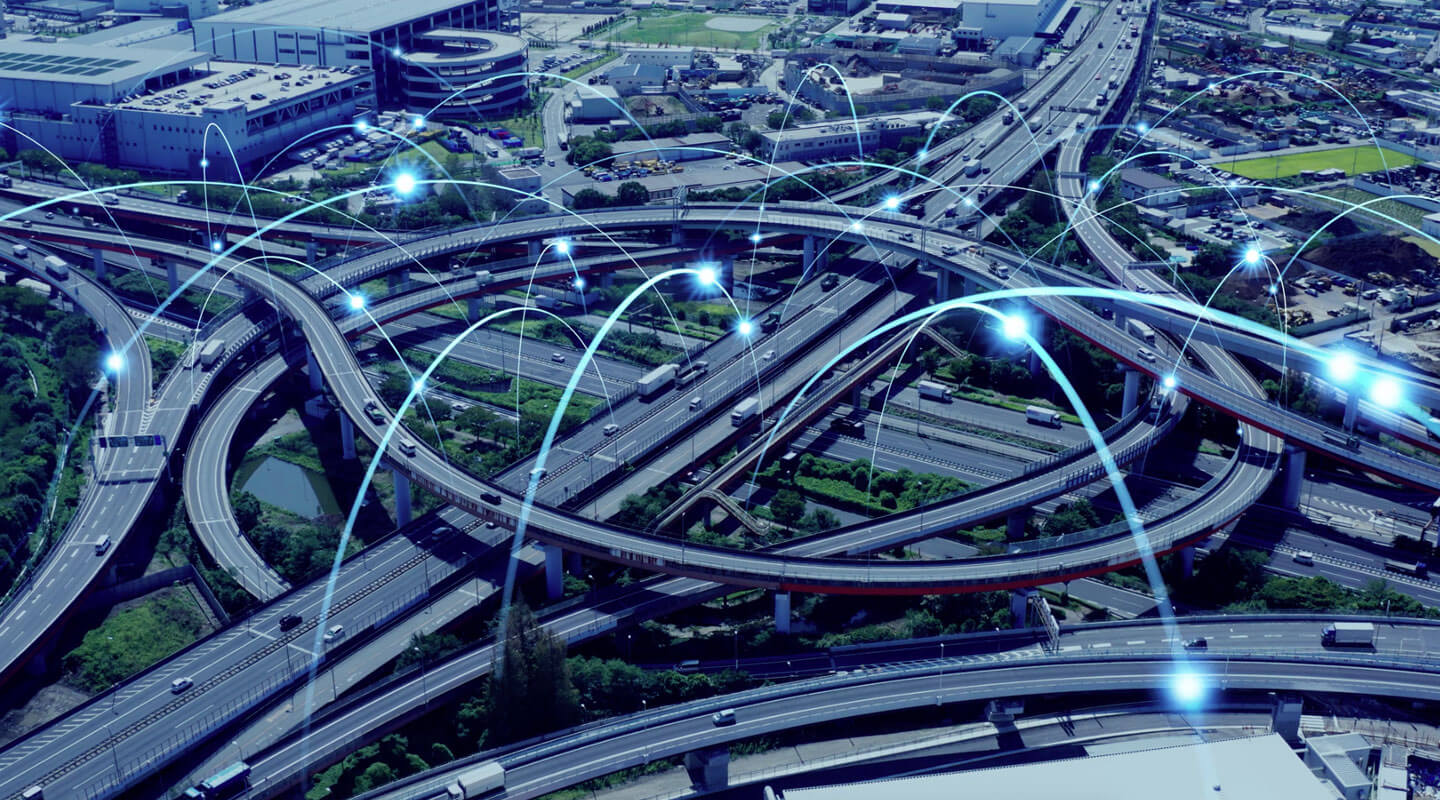
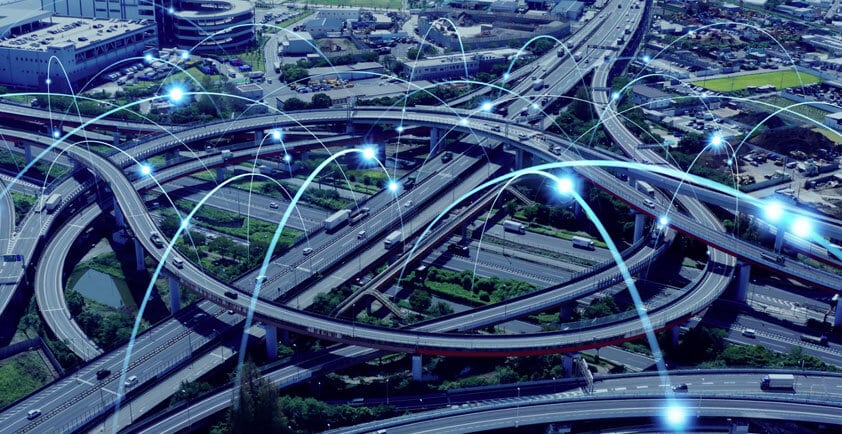
DRIVING CONNECTED TRANSPORTATION TO THE NEXT LEVEL
When you think of a connected device, what is your first thought? Probably a fitness tracker, a smartphone or a video doorbell. But there are billions of unique connected devices in the market today, and millions of those are on the road. Most cars today are connected, making what used to be a "dead zone" for connectivity into a thriving mobile hub.
As the U.S. leader in connected cars and IoT, we’re working on driving transportation to the next level. Think:
> Vehicles "talking" to each other, interacting with traffic lights, and seeing around corners.
> Ambulances sending X-rays taken in transport to a hospital in near real-time.
> Cars becoming mobile wallets with the use of blockchain technology and IoT.
> Vehicles making and answering calls without bringing a smartphone in the car.
All of this is closer than you may think – and some is even happening today.
With transportation becoming more connected and software-defined, our focus is expanding beyond in-vehicle connectivity to end-to-end connectivity. From the assembly line to in-vehicle services on the highway to all the places vehicles go – dealerships, service lanes, gas stations, EV charging stations, logistics hubs, and more – we’re focused on meeting the evolving needs of a connected transportation ecosystem.
The road to next-gen transportation is paved with 5G.
5G is the key driver enabling this end-to-end connectivity and user-experience in transportation. It’s powering the automated robotics in factories where vehicles are built. It’s enabling enterprises to track and manage their fleets and assets. And it could mean faster and safer port operations.
On the road, 5G is paving the way for better and safer transportation. Vehicles are becoming computers on wheels made increasingly intelligent with 5G-powered technologies like IoT, vehicle-to-vehicle communication, and vehicle-to-infrastructure communication. For example, when a driver slams on the brakes, the vehicle could send a warning message to the car behind it in near real-time. Or vehicles could interact with road infrastructure around them, like smart intersections, to improve traffic flow.
As 5G expands, it will be able to support massive IoT connections at scale, allowing vehicles to connect with nearly everything around them. Today, there are more than 125 million connected cars worldwide, including more than 55 million on the AT&T network.1 By 2030, 2.5 billion connected cars are expected worldwide, with data consumption per car expected to increase 20x. As transportation becomes increasingly connected, the need for 5G is clear.
Driving on the edge
We’re already laying the groundwork for next-gen transportation with our 5G "edge zones." We’ve rolled out 10 with 2 more planned before end of year. These network edge zones are part of the massive infrastructure we’ve put in place to support a more connected transportation ecosystem. The zones combine 5G standalone core with other advanced technologies to bring network services closer to the user, allowing for faster response times when accessing data. These faster response times are what will really allow critical use cases like assisted driving and hazard avoidance to come to life.
Our goal here is to deliver customizable network services based on different use cases. For example, a fast response time is more important for a self-driving tractor or driverless crane than it is for a device streaming video in the backseat of a car. In the case of infotainment and over-the-air vehicle software updates, bandwidth is more important. And other use cases, like safety features, need to take precedence including enhanced security against cybersecurity threats that could affect its performance. These specialized networks services tap into 5G’s strengths – low latency, greater security, precision location capabilities, and more.
Our roadmap for the future
Every journey begins with a roadmap, and we have a strong one in place. With our experience and leadership in the connected car space, including off-road vehicles, we have a solid foundation to build upon. We have relationships with dozens of automakers, connect more vehicles in the U.S. than any other wireless provider, and cover more highways2 and roads3 than any other carrier.
Our eyes are focused on the road ahead as we look to serve the transportation industry as a whole. That includes connecting, securing and enabling vehicles, the software running on them, and the systems that power them, wherever on our network they are located.
We hope you’ll join us for the ride.
By Mike Troiano, SVP of Product & Pricing for AT&T Business

